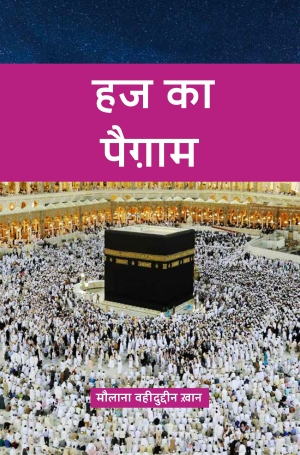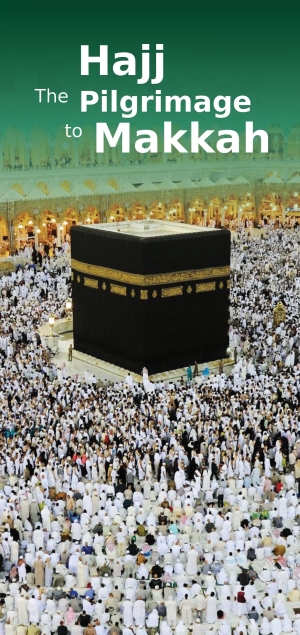Hajj is one of the five pillars of Islamic worship that is performed annually. Muslims from all over the world gather at Makkah and perform the Hajj in the last month of the Hijri calendar. The Quran tells the purpose of Hajj in these words: So that they may witness its benefit for them. (The Quran, 22:28) Here, the word “benefit” is not meant in the material sense, rather it is meant in the historical sense.
The fact is that in Makkah and its adjoining areas, there are monuments and memories associated with the great history of the divine mission, which originated from Prophet Abraham, Hajira and Prophet Ishmael. Later, the Prophet of Islam and his Companions emerged at the culmination of this history. It was they who played a revolutionary role in establishing the historical authenticity of Islam.
Kabah and its surrounding areas remind one of the great prophetic histories of this divine mission. The place is special in that it serves as a source of inspiration for believers. The purpose of Hajj is to draw inspiration from this historical region and carry out the mission of spreading the message of Islam with greater strength and vigour. All those practices called the rites of Hajj are only a symbolic repetition of the previous practices of the prophets and their followers. Among these are rituals such as tawaf (circumambulation), say’ee (the ritual run between Safa and Marwah), ramy jamar (stone-throwing at Mina), the sacrifice, etc. The aim of Hajj is to inculcate in the believer the spirit of these observances, so that he can continue to revive the history behind them.










